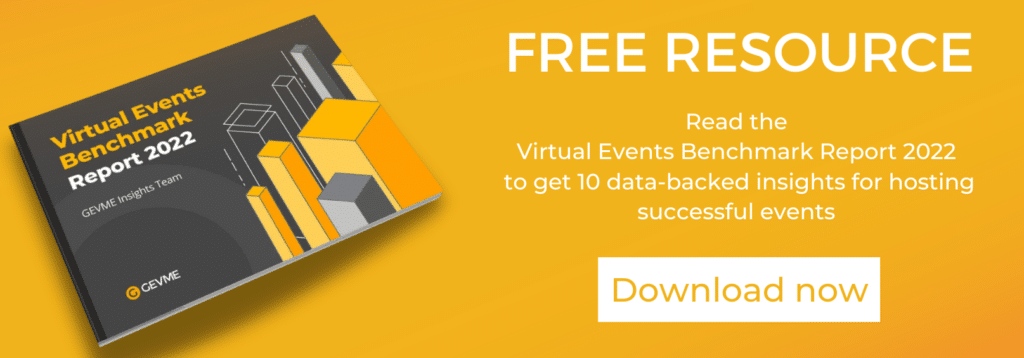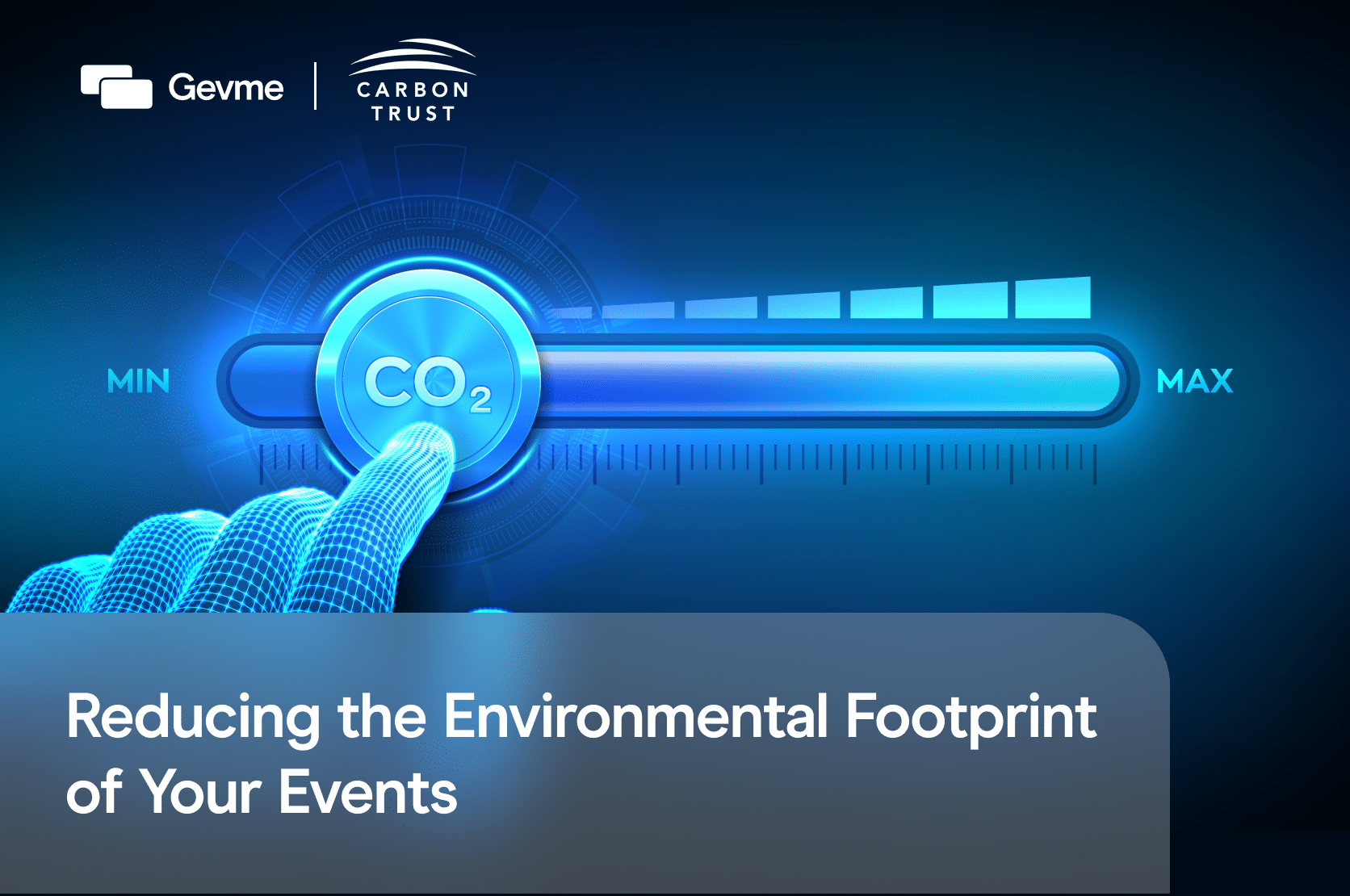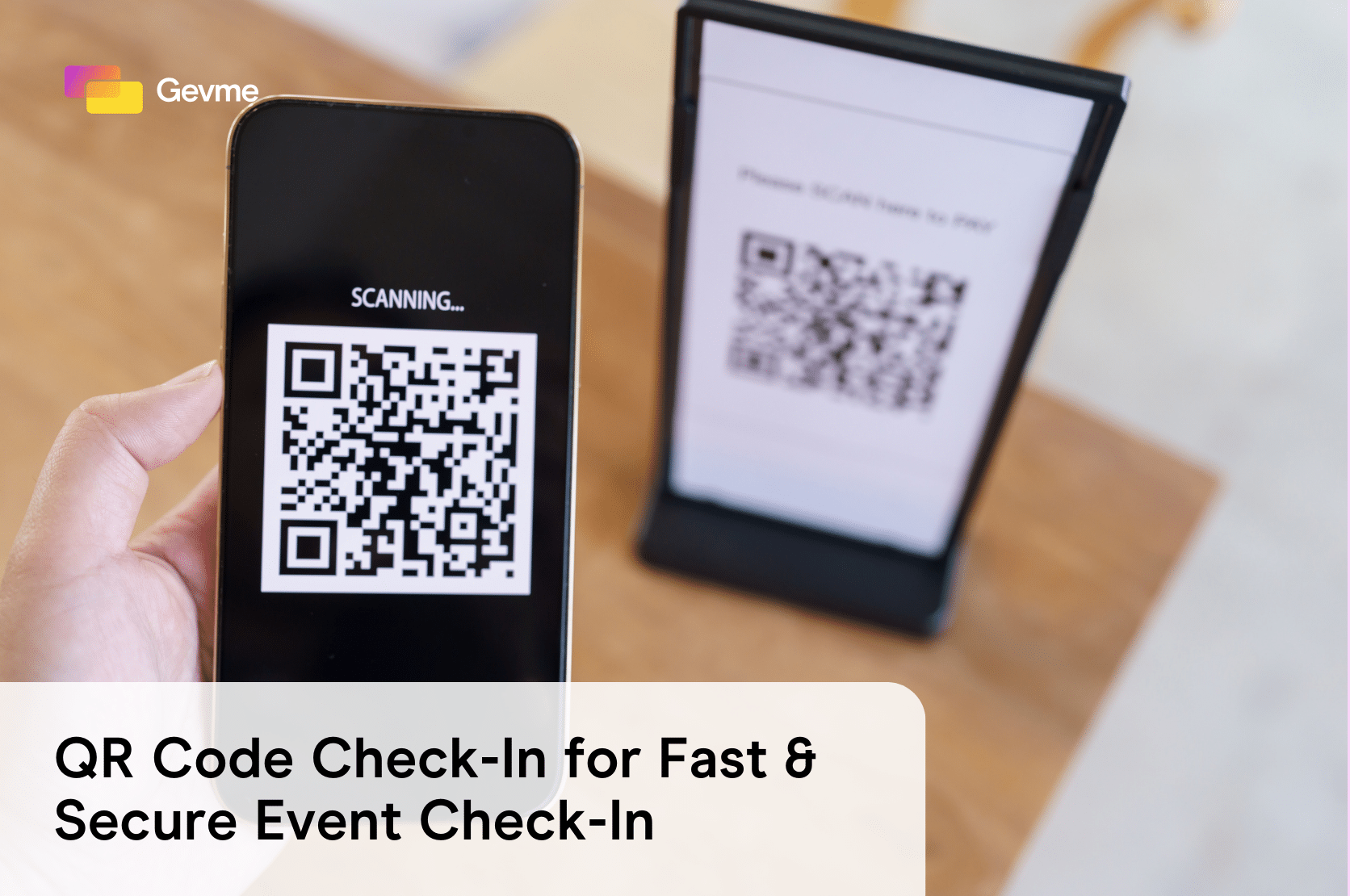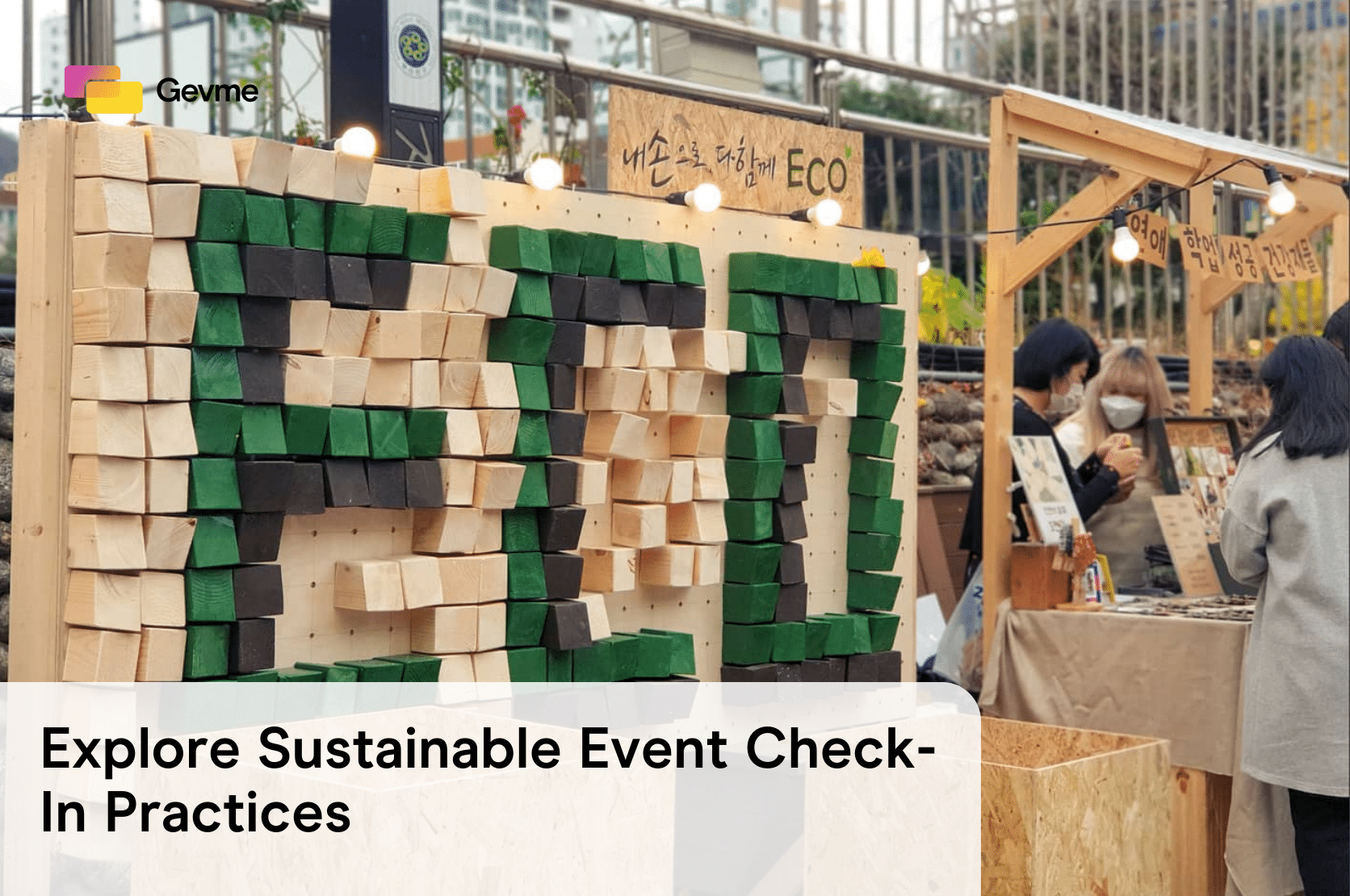Competitor analysis is an effective way to understand the goals of competing companies, namely by identifying their strengths and weaknesses. Competition analysis for event planning allows you to identify event opportunities and take into account the dangers associated with a particular business activity. That’s why event organisers analyse the market and their competitors before planning and event organisation.
What is competition analysis?
Competitor analysis is an effective way to understand the goals of competing companies by identifying their strengths and weaknesses. It allows you to identify opportunities and take into account the risks associated with a particular business activity.
Competition analysis reasons
The careful analysis of actions helps to develop optimal solutions and actions for the successful development of your own enterprise. Effective event planning competition analysis and the alignment of a business strategy depends largely on the ability to predict the reactions of competitors to certain business events.
What to analyse
The research activities of competitors should be conducted in several directions, including the following:
- Profit
- Size of a business enterprise
- Features of the products or services
- Market areas
- Customers
- Advertising methods
- Partnership programs
Before you start monitoring competitors, it is necessary to define your business competition and the target audience. At this stage, it is important to justify your choice of opponents and identify their advantages with the help of competition analysis tools.
In order to understand such an assessment, it is necessary to assimilate a competition analysis definition and the competitive positioning terms. The latter indicates the position of the company in the chosen business environment, making it possible to determine the company’s position in the market by taking into account various factors.

Best tools for competition analysis
All companies doing business online need to analyse their chosen niche and perform event competition analysis as well as develop statistics and ideas. Particularly interesting are the statistics and strategies of competitors: why they became market leaders, where they get targeted traffic from, etc. Below there is a list of useful services for analysing competitors’ sites, starting with the most popular ones.
1. Web Archive
An analysis of several years’ worth of changes in the content of pages or site structure is provided.
2. Alexa
Analyses of the popularity of the site and its traffic sources based on toolbar statistics are provided.
3. SimilarWeb
Detailed analyses of the popularity of the site, traffic, and search for similar resources are provided.
4. Ahrefs
Detailed analyses of competitor links, searches for better content, and additional tools are provided.
5. BuzzSumo
Search options for viral articles or strong competitor pages that have received the maximum social or reference responses are provided.
How to analyse your event competition
To create a successful event, you should perform a competitive analysis and choose your methods accordingly. The subject of such research may be the environment in the market segment or the local environment itself, etc. In the latter case, monitoring helps in solving the most urgent problems and the assessment of the immediate business environment. To develop a strategy, event organisers and enterprisers analyse event competition by using competitive industry analysis.
SWOT
SPACE
PEST
PEST is the most effective method for analysing a company’s macro environment. This technique is typically used to identify market trends in the event industry. The results are used to identify opportunities and threats during the SWOT analysis. Used for long-term strategic planning, PEST analysis is usually compiled for five years with a mandatory update once a year.
Information you get
After you analyse your market; analyse industry competitors and their audience, products; and services; choose the right tool for online work; and create a strategy, you may pass over to the final stage—achieving your event business objectives or achieving success in an event you are going to organise. The analysis of competitive forces determines the state of competition throughout the industry.
After you analyse the situation, you will discover that there are about five main forces on the market that determine its profitability. These forces include the following: the potential of customers, the potential of suppliers, the danger of new players’ emergence, the threat of alternative services, and the competitive struggle between participants within the industry. This will provide a clear vision of your event business and the actions you need to take on the way to success.
What to do next
Any analysis of a competitive environment is carried out in a number of stages. The first step is to determine the time limits for the study. Secondly, the particular products to be monitored must be determined. Thirdly, the geographical scale of economic activity is determined. Fourthly, competing subjects of the industry must be defined. Fifth, the share of each market participant is calculated. Sixth, the degree of saturation of the market is determined. Seventh, barriers to inclusion should be identified. In the last stage, the competitive environment is finally assessed, after which you may outperform your direct competitors by means of your activities aimed at top-notch service and product development and so on.
To attack a strong opponent, you must be aware of all your resources and instantly respond to any actions of a competitor accordingly.
Conclusion
The careful analysis of competitors’ actions helps to develop optimal solutions and emergency actions for the successful development of your own event enterprise. The effective alignment of a business strategy depends largely on the ability to predict the reactions of competitors to certain events and highly changeable market environments. That is why you cannot underestimate the importance of competition analysis and should use effective tools to always stay abreast of what is going on in the industry so you can be even more competitive in the future.
Request a demo and check out how GEVME helps with events.
Also, follow our blog updates on how to do competition analysis and so much more!








